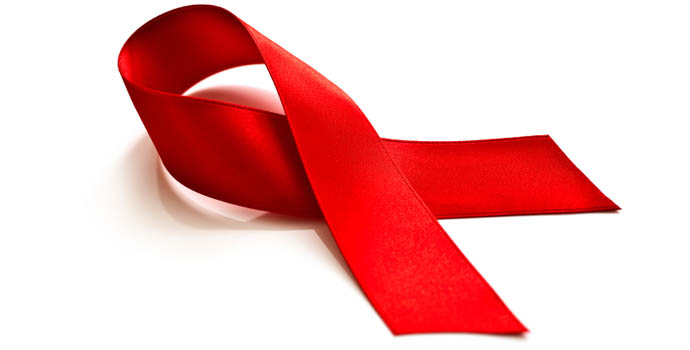Stamp: Doves (Cambodia 2011)
Doves (Cambodia 2011)
05 June (Cambodia ) within release AIDS prevention goes into circulation Stamp Doves face value 4,000 Cambodian riel
| Stamp Doves in catalogues | |
|---|---|
| Michel: | Mi: KH 2526 |
Stamp is square format.
Also in the issue AIDS prevention:
- Stamp - Doves face value 4,000;
- Stamp - Family face value 1,500;
- Stamp - Condom face value 1,000;
- Stamp - Friends In A Bar face value 2,800;
- Full Pane - Condom face value 25*1000;
- Full Pane - Doves face value 25*4000;
- Full Pane - Family face value 25*1500;
- Full Pane - Friends In A Bar face value 25*2800;
|
Data entry completed
56%
|
|
|---|---|
| Stamp Doves in digits | |
| Country: | Cambodia |
| Date: | 2011-06-05 |
| Print: | Offset lithography |
| Perforation: | comb 13 |
| Emission: | Commemorative |
| Format: | Stamp |
| Face Value: | 4,000 Cambodian riel |
Stamp Doves it reflects the thematic directions:
The human immunodeficiency virus (HIV) is a retrovirus that attacks the immune system. It can be managed with treatment. Without treatment it can lead to a spectrum of conditions including acquired immunodeficiency syndrome (AIDS)
Animals are multicellular, eukaryotic organisms of the kingdom Animalia (also called Metazoa). All animals are motile, meaning they can move spontaneously and independently, at some point in their lives. Their body plan eventually becomes fixed as they develop, although some undergo a process of metamorphosis later on in their lives. All animals are heterotrophs: they must ingest other organisms or their products for sustenance.
Birds (Aves), a subgroup of Reptiles, are the last living examples of Dinosaurs. They are a group of endothermic vertebrates, characterised by feathers, toothless beaked jaws, the laying of hard-shelled eggs, a high metabolic rate, a four-chambered heart, and a strong yet lightweight skeleton. Birds live worldwide and range in size from the 5 cm (2 in) bee hummingbird to the 2.75 m (9 ft) ostrich. They rank as the class of tetrapods with the most living species, at approximately ten thousand, with more than half of these being passerines, sometimes known as perching birds. Birds are the closest living relatives of crocodilians.
Columbidae (/kəˈlʌmbɪdiː/ kə-LUM-bih-dee) is a bird family consisting of doves and pigeons. It is the only family in the order Columbiformes. These are stout-bodied birds with short necks and short slender bills that in some species feature fleshy ceres. They primarily feed on plants, and can be taxonomically divided amongst granivores, that feed mostly on the ground on seeds, and frugivores, that feed mostly on fruits, from branches. The family occurs worldwide, often in close proximity with humans, but the greatest variety is in the Indomalayan and Australasian realms.




